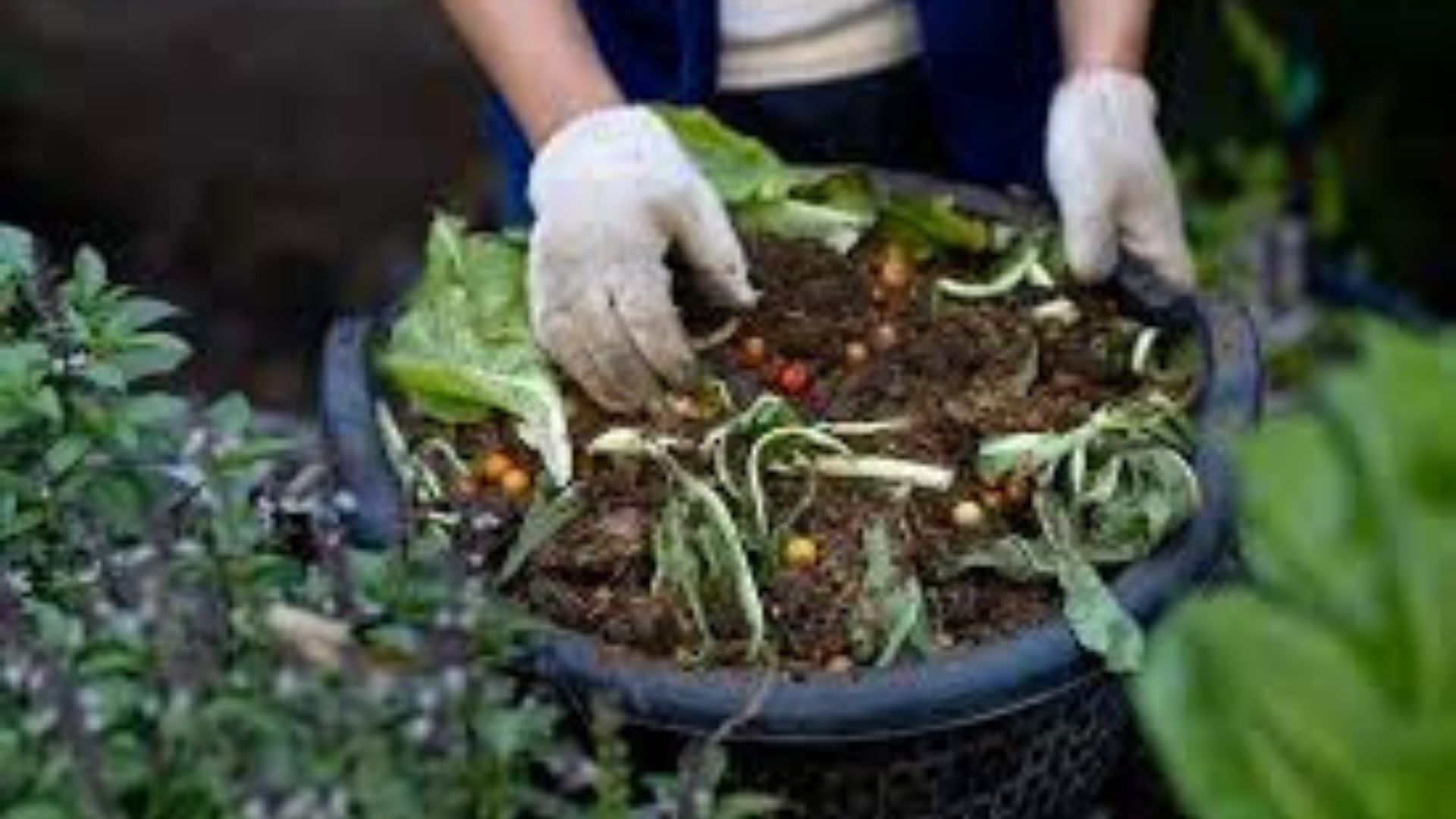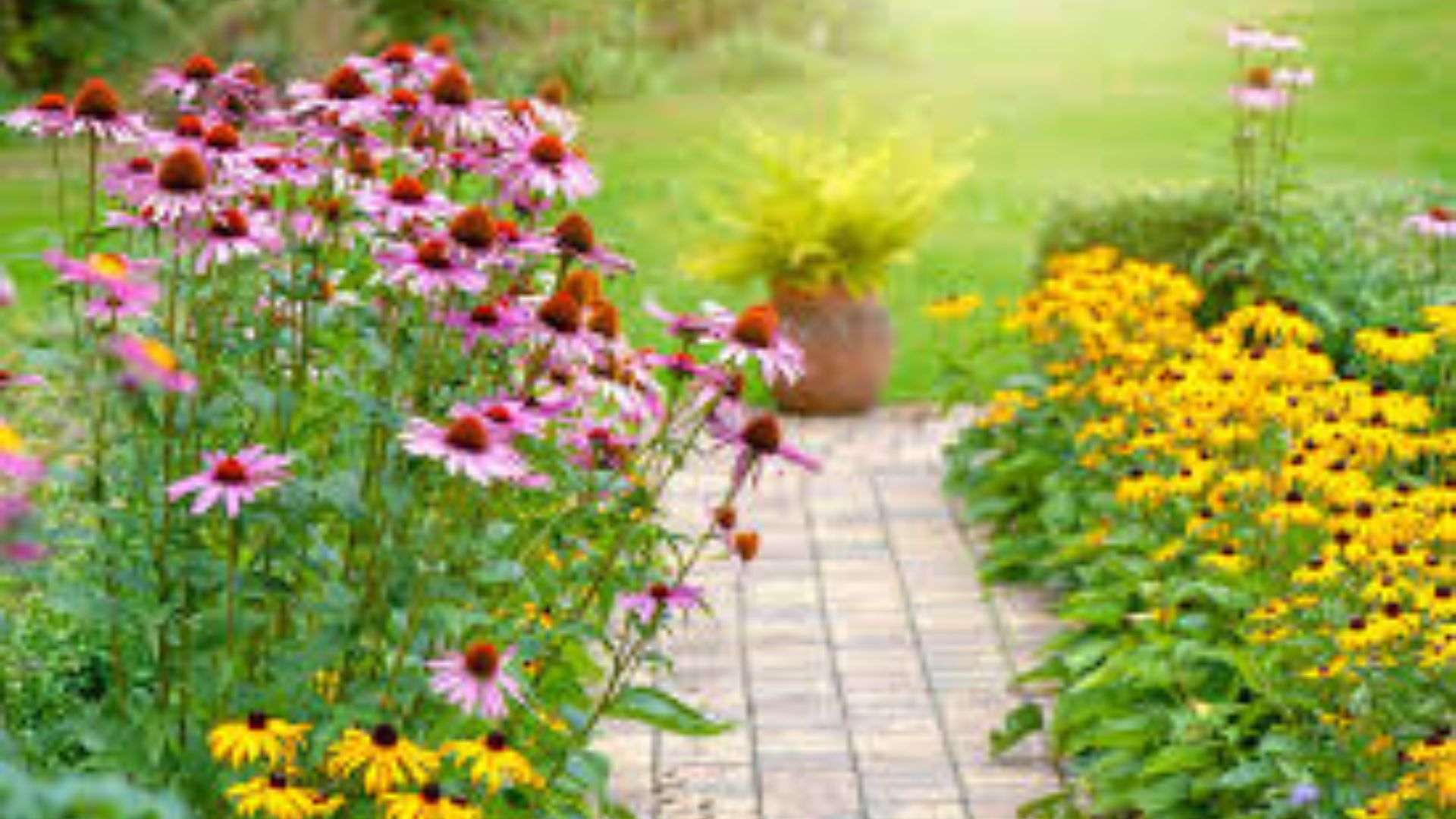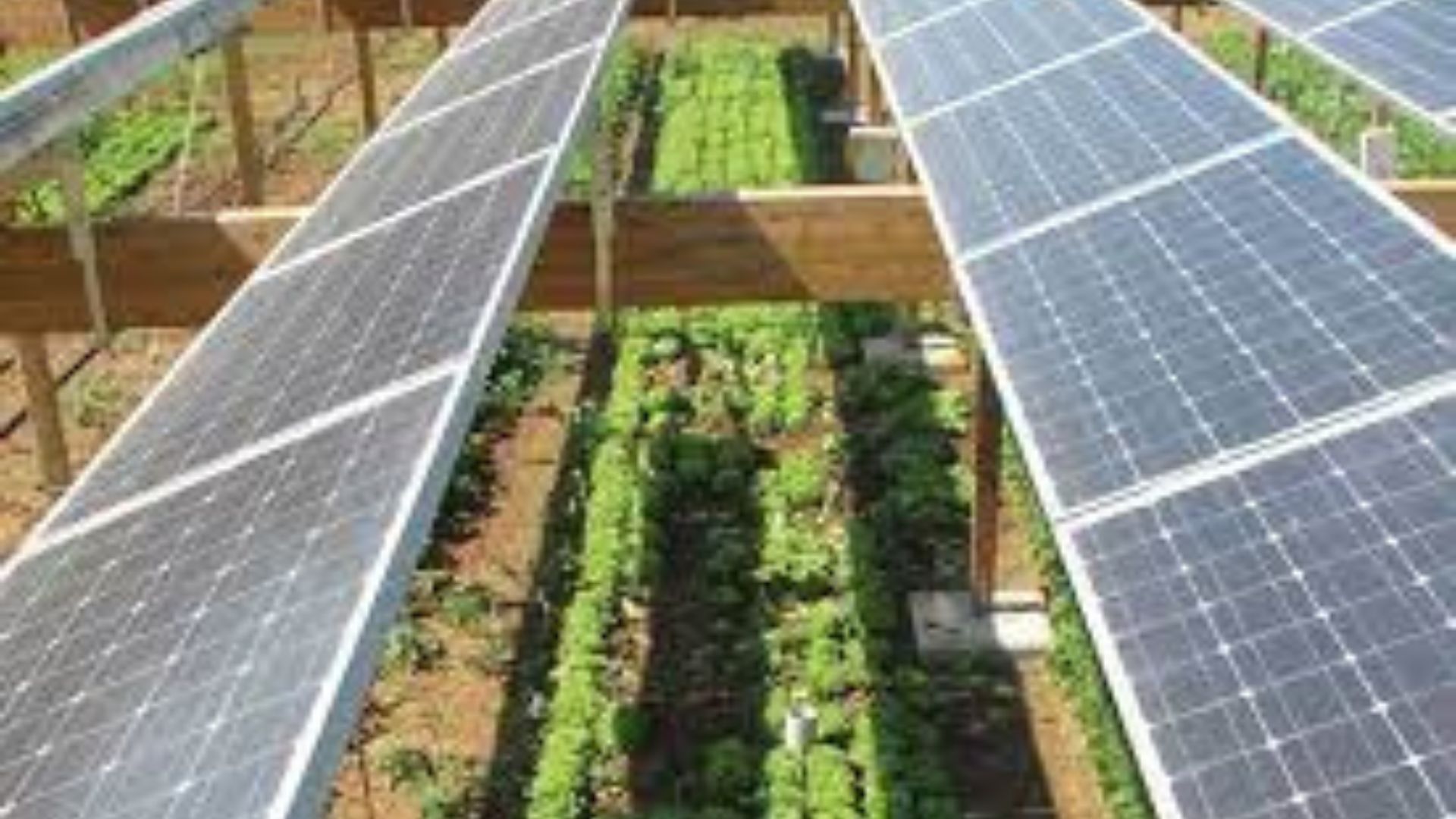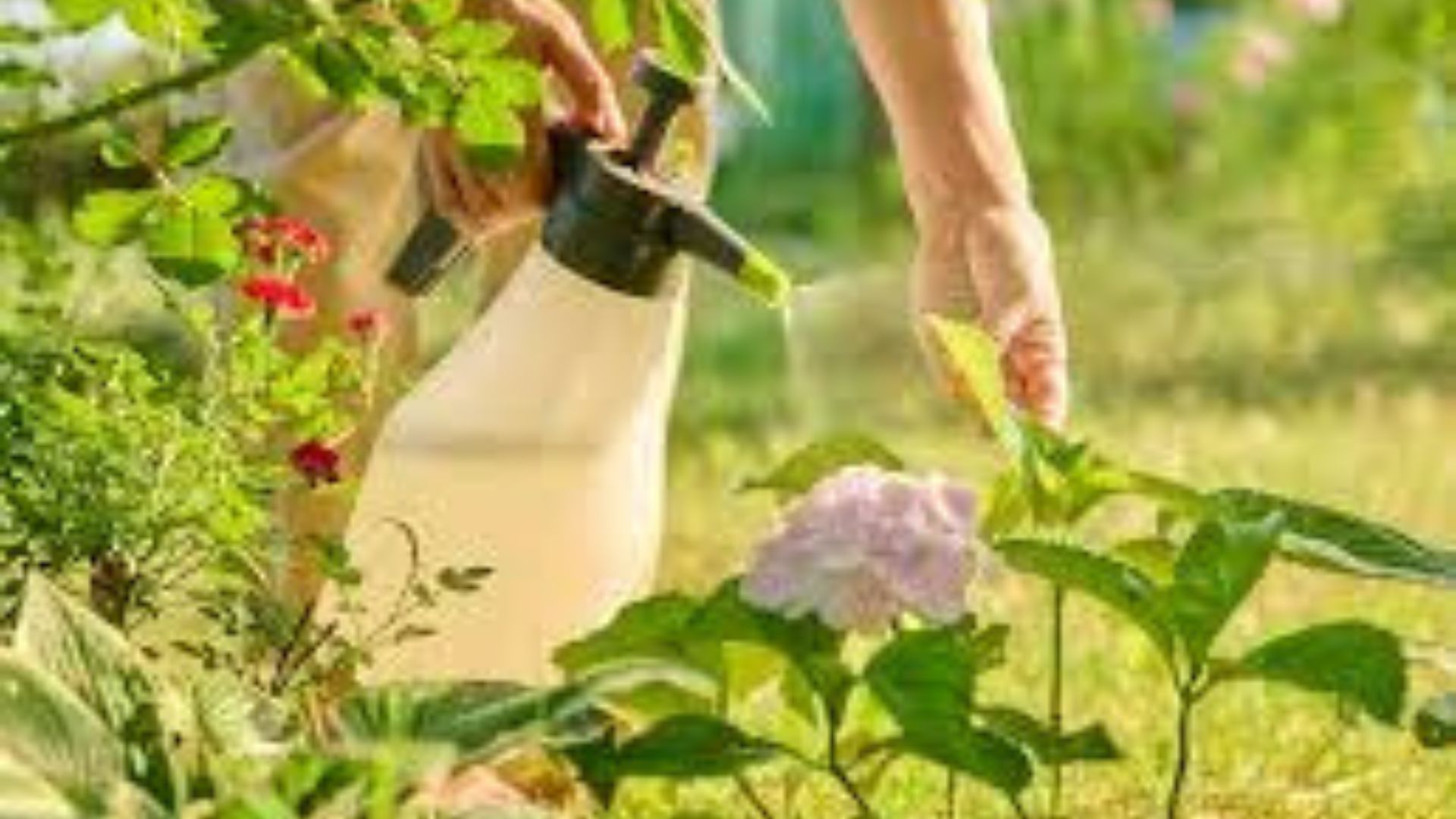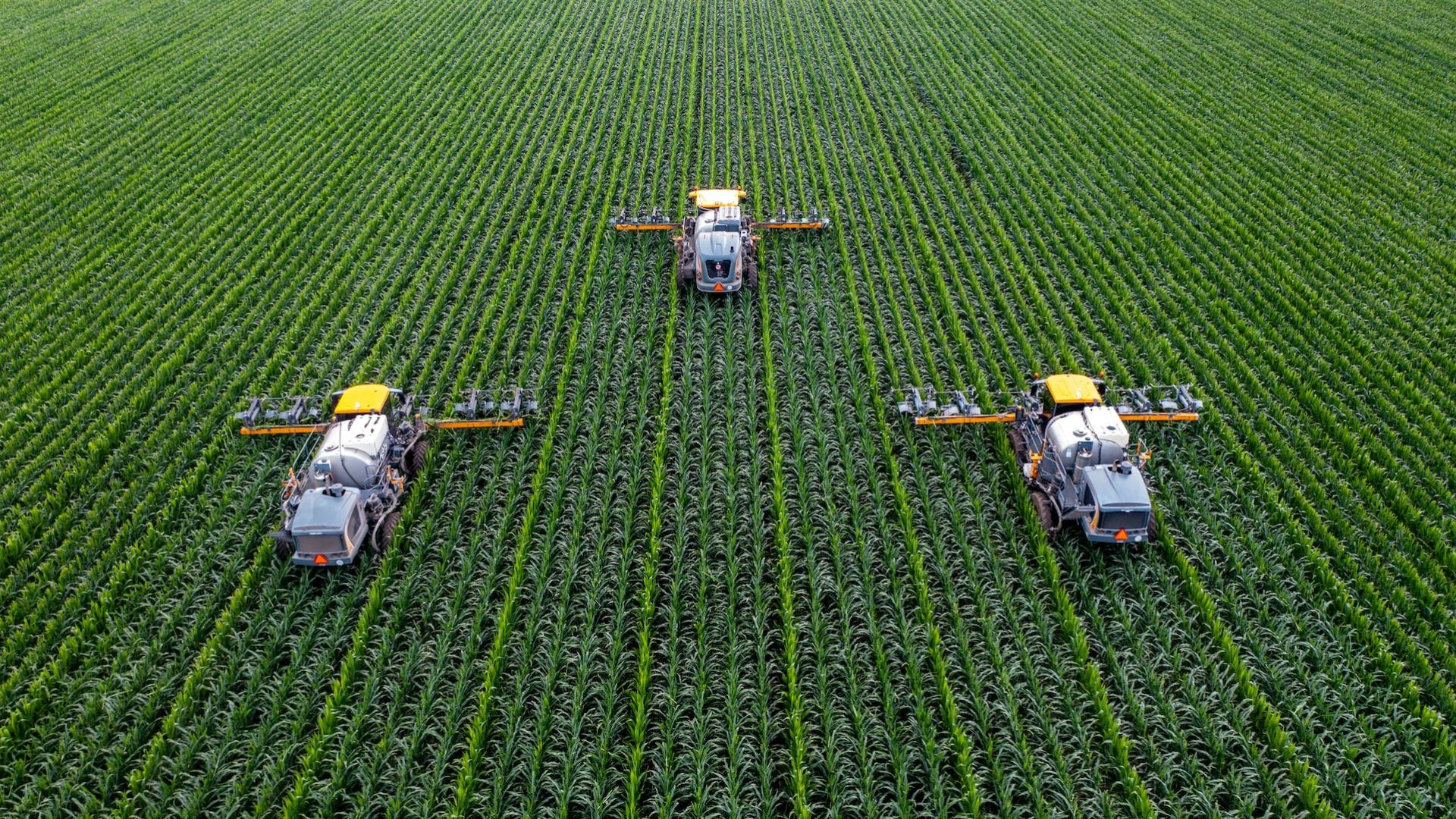Healthy soil is the foundation of any successful garden or farm. One of the most effective and sustainable ways to build that foundation is by using compost for nutrient-rich soil. Compost not only adds essential nutrients but also improves soil structure, supports beneficial microorganisms, and helps retain moisture. Whether you’re growing vegetables, flowers, or fruit trees, compost can transform your soil into a thriving, living ecosystem.
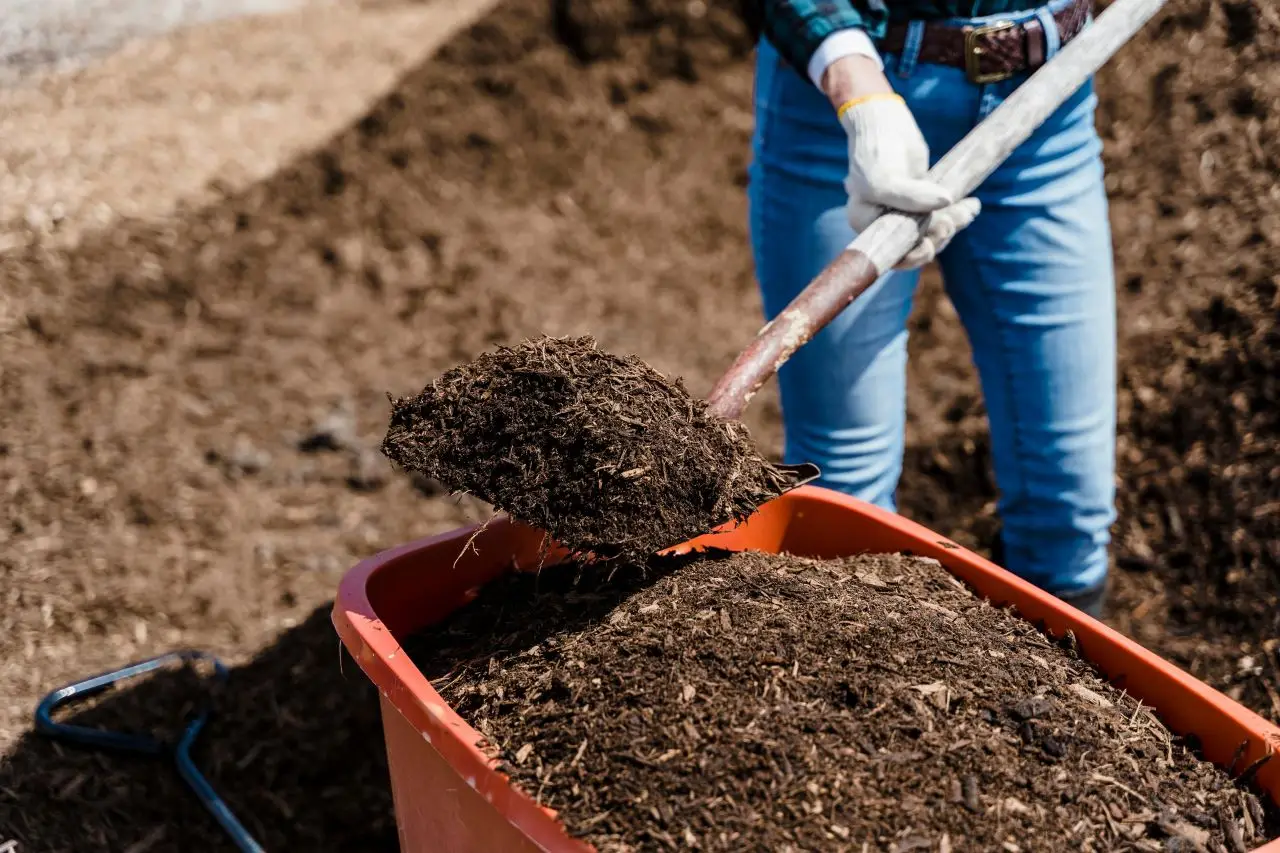
What Is Compost and Why It Matters
Compost is organic material—such as food scraps, leaves, grass clippings, and manure—that has decomposed into a rich, dark soil amendment. When added to soil, compost releases a wide range of nutrients that plants need to grow strong and healthy. These include nitrogen, phosphorus, potassium, and valuable micronutrients. More than just plant food, compost also enhances soil texture and biology, leading to better overall growing conditions.
Key Benefits of Using Compost in Your Soil
There are numerous benefits to using compost for nutrient-rich soil, and they go far beyond basic fertilization. First, compost increases the soil’s organic matter, which improves water retention and aeration. This helps plants establish deeper roots and better withstand drought conditions. Second, compost acts as a slow-release fertilizer, providing steady nutrition over time. Third, it encourages the growth of beneficial soil organisms that break down organic matter and convert it into nutrients plants can easily absorb.
How Compost Supports Soil Microbiology
One of compost’s biggest advantages is its ability to feed and support beneficial microbes. These tiny organisms, including bacteria and fungi, are essential to a healthy soil ecosystem. They help decompose organic material, fix nitrogen, and protect plants from harmful pathogens. By using compost for nutrient-rich soil, you’re not just feeding your plants—you’re nurturing the entire soil food web. Over time, this leads to healthier plants and increased resistance to pests and diseases.
Best Practices for Adding Compost to Your Soil
To get the most from compost, apply it correctly. For new garden beds, mix 2–3 inches of compost into the top 6 inches of soil. For established beds or around trees and shrubs, use compost as a top dressing—about 1 inch thick—each season. You can also use compost in potting mixes, seed-starting trays, or as a base layer for raised beds. Avoid using compost that smells bad or is slimy; it should smell earthy and be crumbly in texture.
Making Your Own Compost at Home
You don’t have to buy compost—you can easily make it yourself. Start by combining “green” materials (like kitchen scraps and grass clippings) with “brown” materials (such as dry leaves and shredded paper). Turn the pile regularly and keep it moist but not soggy. With time, heat, and a little effort, you’ll have rich compost in a few months. Home composting is a great way to recycle waste and create a valuable resource for your soil.
Compost and Sustainability Go Hand in Hand
Choosing compost over chemical fertilizers promotes sustainable gardening and farming. Chemical inputs often degrade soil health over time, while compost builds it up. Additionally, composting reduces landfill waste and lowers greenhouse gas emissions. By using compost for nutrient-rich soil, you’re contributing to a more sustainable food system and healthier planet. This simple yet powerful change has lasting benefits for both your land and the environment.
Conclusion: Enrich Your Soil the Natural Way
Incorporating compost for nutrient-rich soil is one of the best investments you can make in your garden or farm. From improving soil fertility and structure to supporting beneficial microbes and conserving water, compost is a complete solution. Whether you make it yourself or buy it in bulk, compost helps your soil—and your plants—thrive naturally. Start using compost today and watch your soil come alive.






